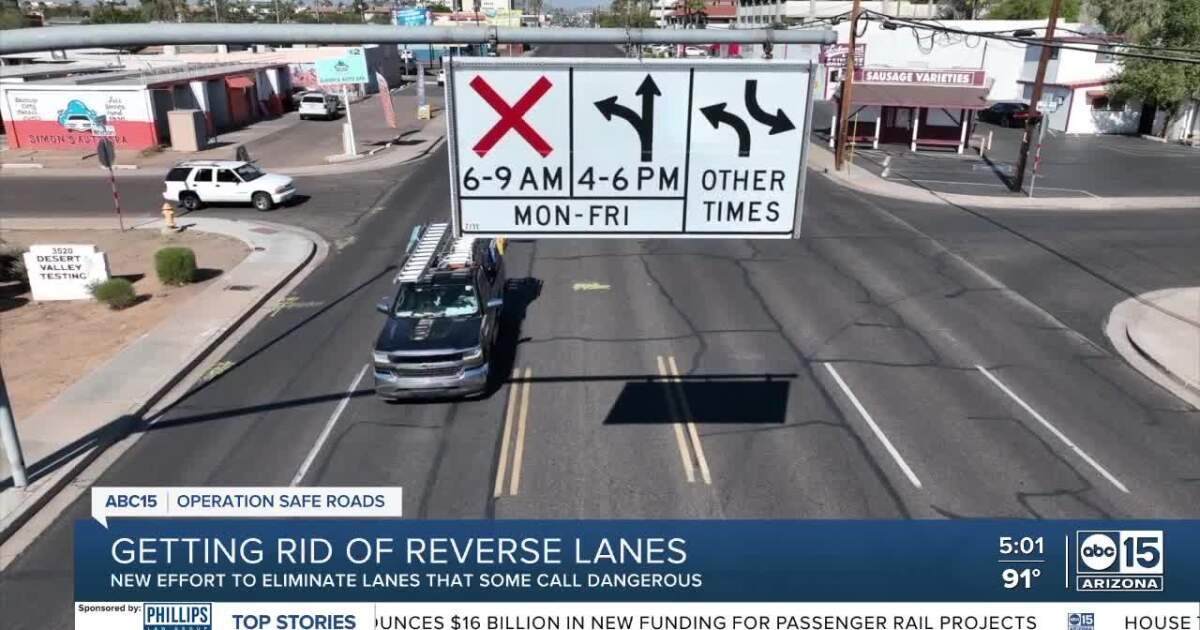Late last month, a car smashed through a front porch along Park Avenue in Minneapolis — again. It’s time for the county to stop waiting and start acting.
Read MoreMemphis was ranked the #1 most dangerous metro in 2024. That’s not stopping Kelsey Huse, an advocate and grad student. She shares the inside scoop on Memphis’ dangerous design and how she’s working to change it.
Read MoreAfter a car crash damaged three houses, these Minneapolis residents are done waiting for officials to act. They're demonstrating a better way of responding to crashes.
Read MoreHarrisonburg skipped the renderings and went straight to the street—using a live demo to calm traffic and earn back trust.
Read MoreIn Portland, Oregon one neighbor’s DIY device is quietly collecting the kind of street data cities can’t ignore—and that neighbors have known all along.
Read MoreJohn Gall’s home sits at the base of a T-intersection—a spot where, in theory, drivers are supposed to turn either left or right. But that’s not what keeps happening.
Read MoreIf crashes happen in the same place over and over, is it really an accident? Phoenix residents say no—and they have the data to prove it.
Read MoreThe latest fatality on a Charlottesville road was the last straw for Kevin Cox, but his efforts to make the area safer might land him twelve months of jailtime. What if cities saw actions like his not as crimes—but as calls for change?
The real liability isn’t doing something and getting blamed. It’s doing nothing and letting someone else die. You're protected. So do something.
Read MoreThrough quiet consistency and relentless curiosity, Danny Wind turned everyday observations into lasting change. Their story shows how small steps—and a Strong Towns membership—can reshape a place and a person.
Read MoreDr. Jonathan Gingrich is a professor of engineering at Dordt College in Iowa. Unsatisfied with the standard materials for his transportation engineering class, he incorporated safe street design, including having his class conduct a Crash Analysis Studio. He joins today’s episode to talk about how he did this and the benefits it had for his students. (Transcript included.)
Read MoreA new bill in the Illinois General Assembly would require the state DOT to conduct traffic studies after crashes involving pedestrian fatalities. This is a great step in the right direction, and it highlights how local officials can take action too.
Read MoreLast Wednesday, a plane crash claimed the lives of 67 people, making it the deadliest U.S. air disaster in over two decades. It prompted an immediate, coordinated response on a local, state and federal level. And yet, when over 100 people die in car crashes a day, nothing is done. It’s time for that to change.
Read MoreWhile long-term safety initiatives like updating street design standards or starting a crash response team are important, they must be paired with immediate action. A recent crash in Rochester, New York, shows why.
Read MoreAfter a fatal crash, Rochester citizens and officials got to work, identifying factors that contributed to the crash, updating street design policies to make streets safer, and establishing a Community Traffic Safety Team to address other dangerous factors before crashes occur.
Read MoreAfter a cyclist was killed in a car crash, residents of Indianapolis worked with Strong Towns to conduct the first Crash Analysis Studio. City officials have taken notice and instituted new initiatives to create safer streets.
Read MoreYou’ve just completed a Crash Analysis Studio and you have a report in hand. Or you found the "Beyond Blame" report compelling and you want to share it with your community. Now what?
Read More"Be the change you want to see in the world." It’s a slogan many aspire to live by, including Professor Gingrich of Dordt University in Iowa. He’s doing just that this year, bringing his students to the forefront of the evolving traffic engineering field by training them in crash analysis and safe street design.
Read MoreAt Strong Towns, we're very conscious of the words we use and the way we tell stories, especially those involving car crashes. It's not because we're trying to be dramatic; it's because we're trying to change the conversation entirely. And you play an important part.
Read MoreThe Strong Towns Crash Analysis Studio is one of the toughest projects I’ve ever worked on. Analyzing crashes that ruined people’s lives is heartbreaking, especially when knowing that quick and easy responses could’ve prevented them. But it’s worth it to make those streets safer, to save lives and to shift the national conversation around crashes to be more humane and effective.
Read More



















